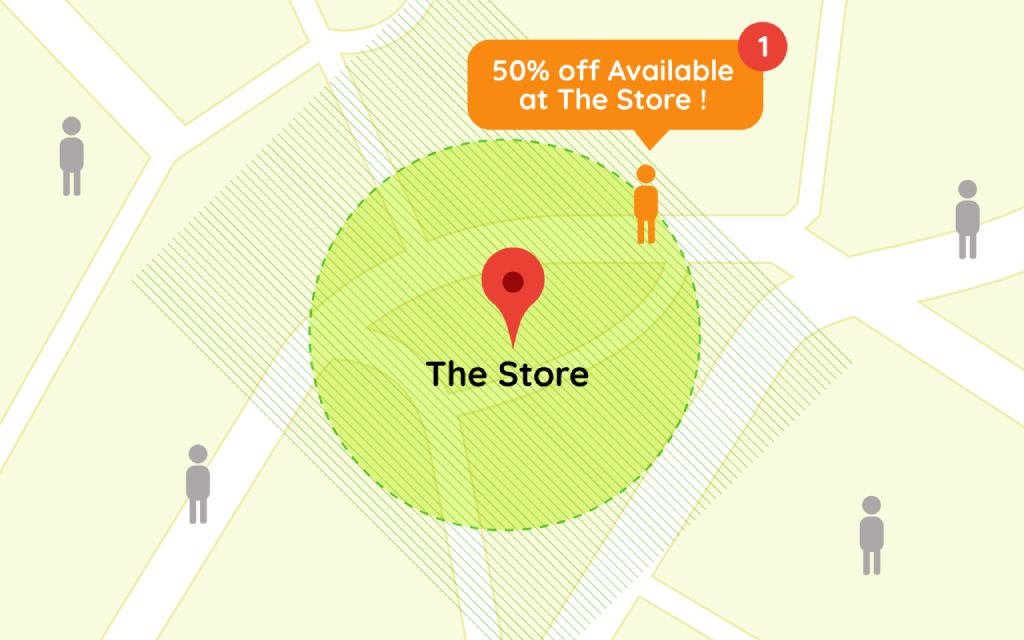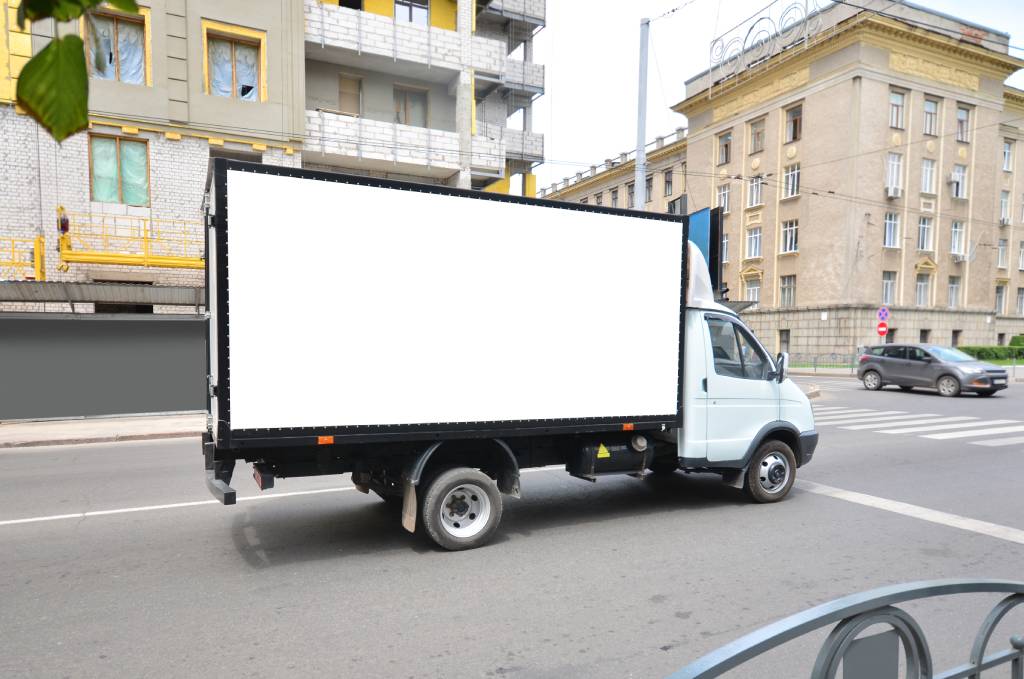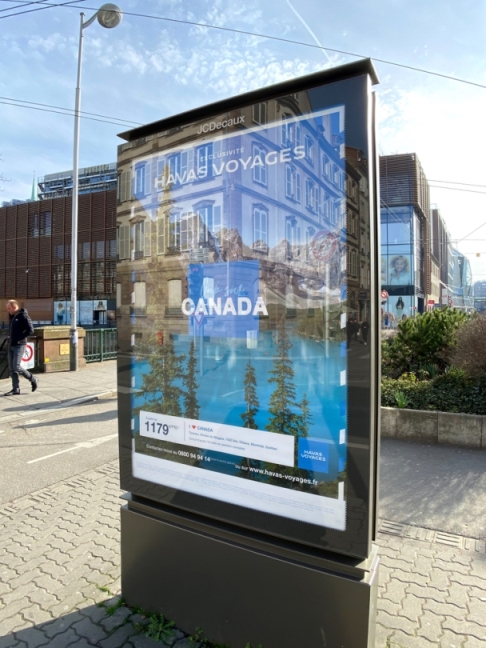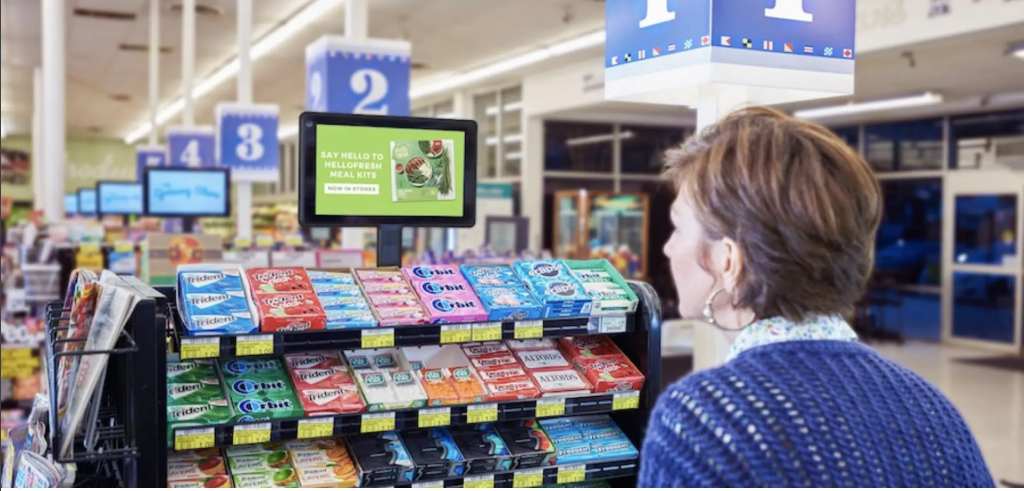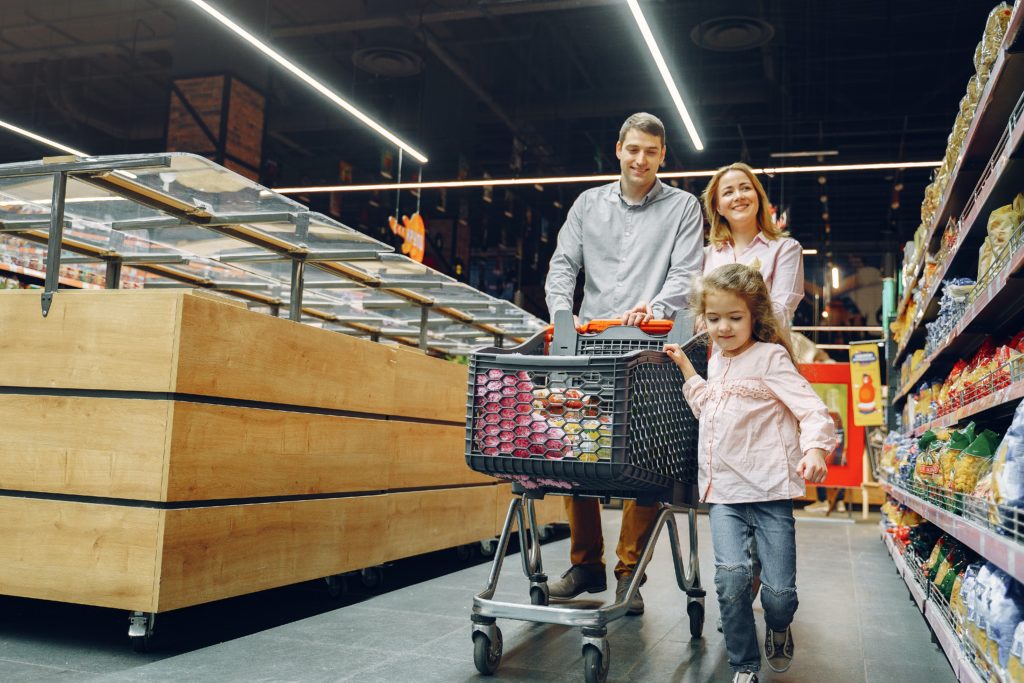There’s a rumor that the human attention span is decreasing. Unfortunately for marketers, there is no scientific data to back up this fact. The truth is that humans are eager to engage with the world around them, and this includes your advertisements.
The key to engagement? Novelty.
Digital out of home advertising meets your audience where they are, placing compelling advertisements in surprising locations. We saw a rise in OOH advertising in 2023 as consumers reemerged from their homes following the peak of the pandemic.
After a successful year, we’ve taken stock of the top out of home advertising trends to predict what is coming up in 2024. Continue reading to discover what captured the world’s attention in 2023 as you plan your campaigns for 2024 and beyond.
What Is Digital Out Of Home Advertising?
Digital out of home advertising, or DOOH, is a creative digital marketing approach. It leverages dynamic digital advertisements in unique and unexpected locations. DOOH advertising includes everything from digital billboards to ads on treadmill screens.
1. Video Ads in Restaurants
According to Nationwide Insurance’s recent Agency Forward Restaurant Survey, the restaurant industry is thriving. In fact, business is now above and beyond pre-pandemic levels. That means people are dining out and bringing their attention spans with them. That’s why placing video ads in restaurants was one of the most successful OOH trends in 2023.
When you step into a restaurant or bar, you’re waiting. When you sit down to drink or dine, you’re waiting. Even if you’re eating out with great company, your eyes will wander. Digital advertisements give restaurant patrons something to look at and discuss during their distraction-free downtime.
The digital element makes it easy to switch up your messaging throughout the week or even throughout a single day. Show one video ad to the unemployed brunch crowd, and save different messaging for post-work happy hour.
Surprisingly, restaurant bars and bathrooms were some of the top locations for indoor digital advertising in 2023. Bathrooms are less social and involve a lot of downtime between waiting in line, washing hands, and operating hand dryers. It seems like this trend will be here to stay in 2024.
2. Digital Gas Pump TV
Another top OOH advertising trend of 2023 was digital gas pump advertising. Consumers at the gas station provide a convenient captive audience for static digital ads and videos.
Digital touchscreens even make it possible for your audience to engage with the ad itself, making the storytelling immersive. Plus, “gas pump TV” incorporates an audio element. This is another tool we can use to capture attention and deliver messages.
When your audience is in the car and on the go, they’re also ready to spend. The gas pump is a strategic location to capture their interest and get them thinking about your brand.
Plus, some of the largest gas station brands in the nation currently have screens built into their pumps. These include Speedway, ARCO, Rebel, and more. We anticipate this trend will grow in 2024 and beyond.
3. Mobile Digital Billboards
According to the marketing team at MailChimp, billboards have not gone out of style. With that said, recent trends have brought them an upgrade
In 2023, digital billboard trucks took to the road like never before. These innovative vehicles feature animation, video, and static advertisements. They capture attention while in motion, but you can also park them strategically in high-traffic areas.
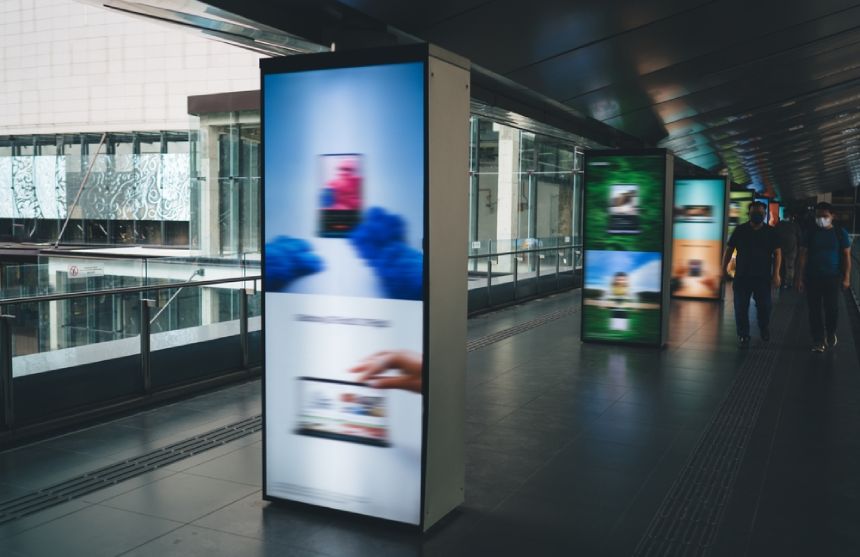
We’ve seen people leverage mobile billboards for special event marketing, retail store openings, and special promotions. On a practical level, governments and organizations can use them to spread important public service messages.
With these LED media trucks you’ll have a large digital canvas to work with. Messaging is bold, clear, and highly visible. Consumers on the go are ready to spend, and your message can influence their behavior and bring in new, unexpected leads.
What’s Next In Digital Out of Home Advertising?
In 2024, we predict that we’ll begin to see the following digital out of home advertising trends:
- The use of location data and other measurable analytics in DOOH advertising
- An increase in digital point-of-purchase ads
- More social media integration, including hashtags and QR codes
- An uptick in conditional advertising driven by the weather, temperature, etc
It’s not too late to incorporate digital out of home advertising into your strategy for 2024. Learn how AllOver Media can help your brand attract the right attention this year.

